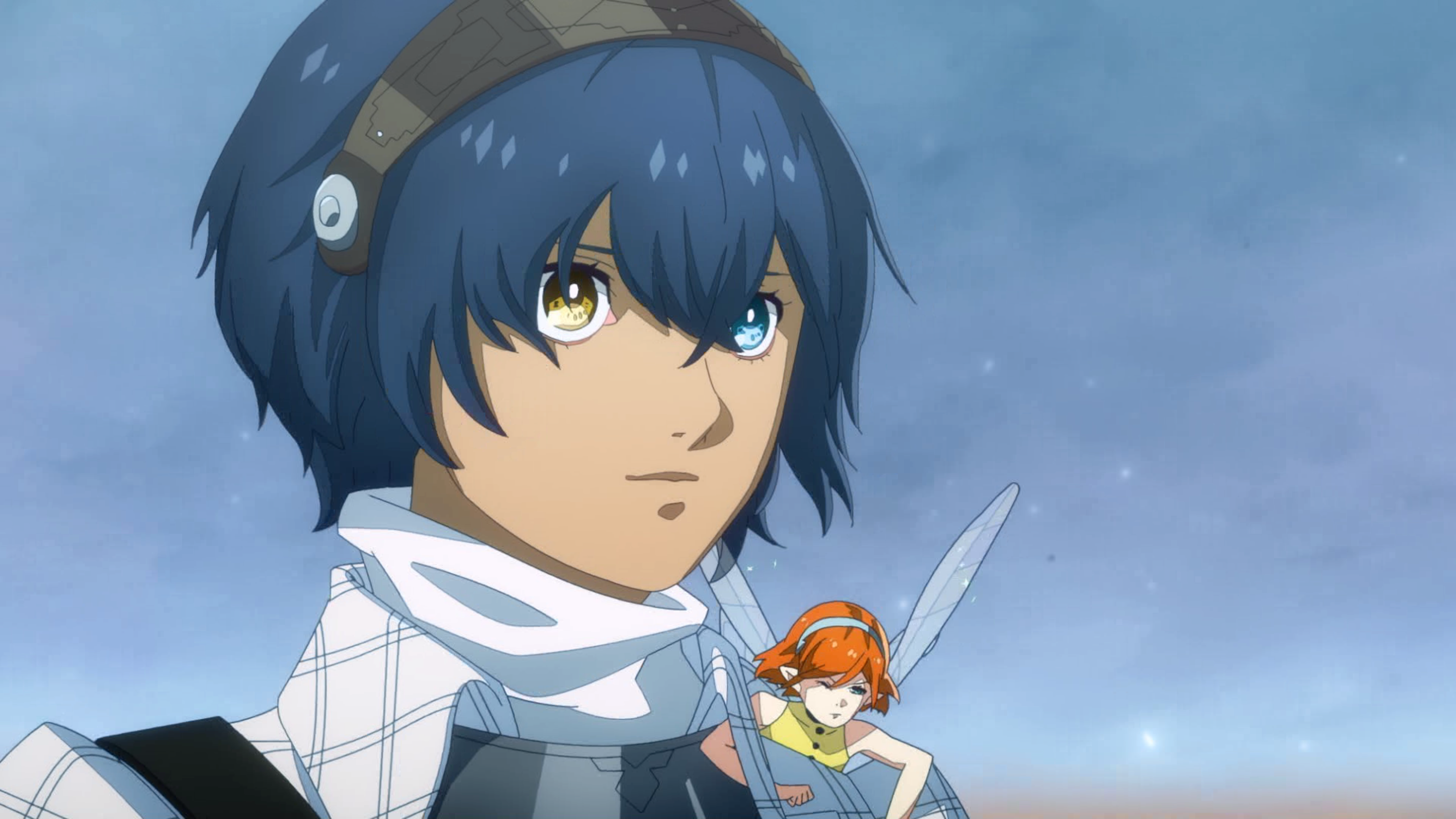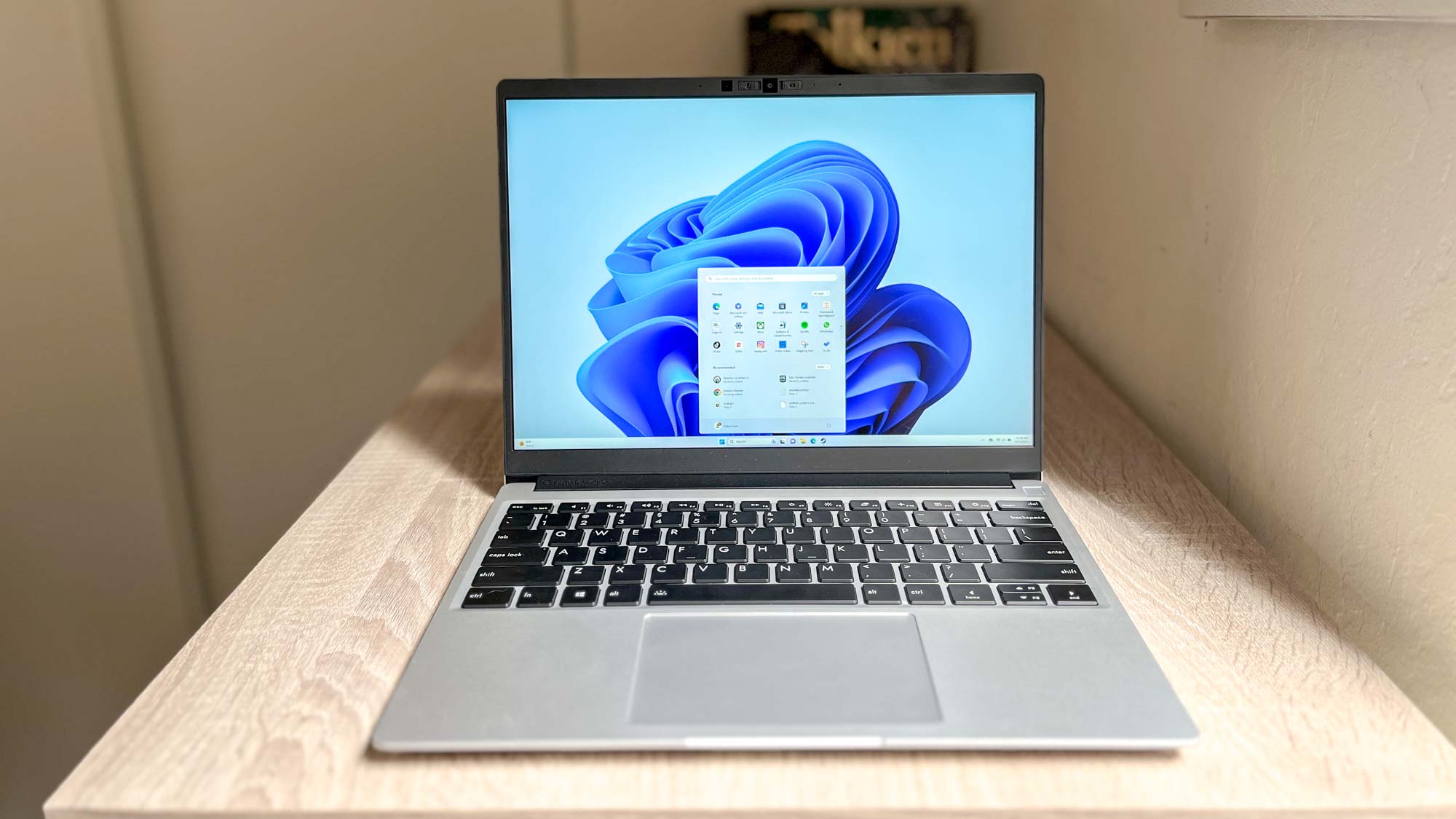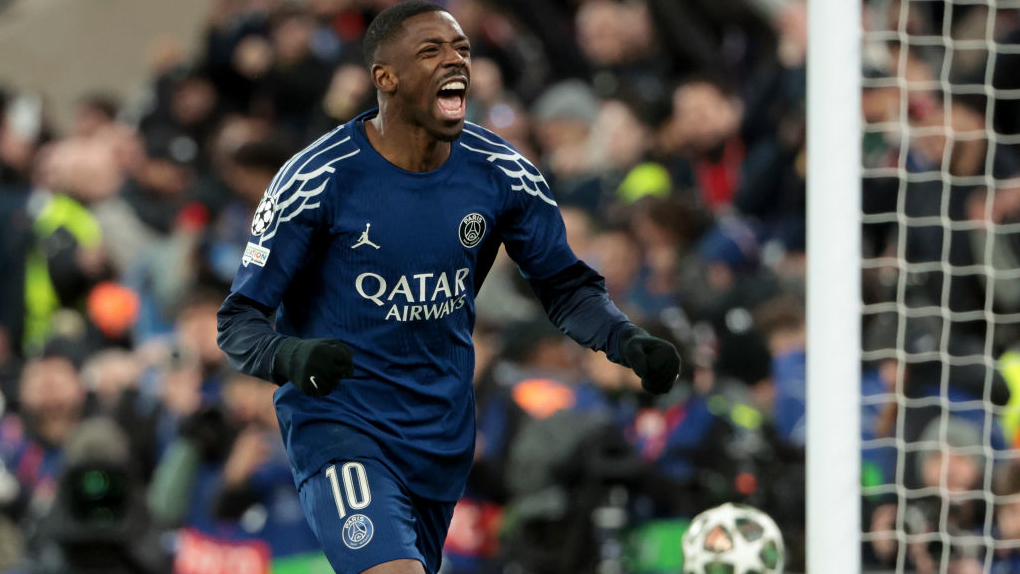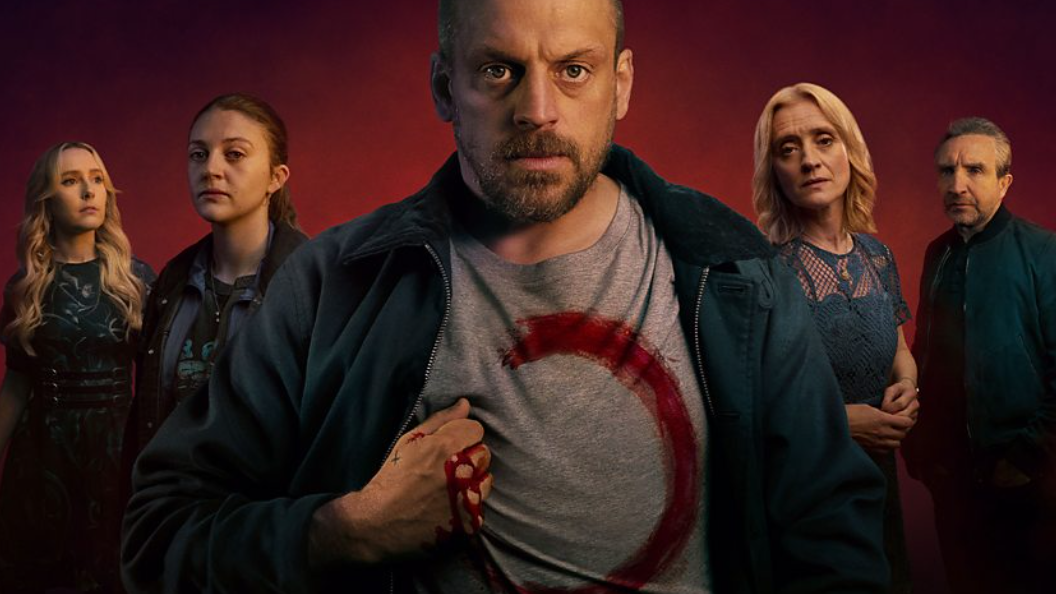The Outer Worlds Highlights Choices, Consequences, Colors
The Outer Worlds is all about the choices you make as you build your character, assemble your party and explore the galaxy.
LOS ANGELES – There are a handful of sci-fi RPGs out there, but they all tend to share a few similar traits: muted palettes, dark storylines and a focus on gunning down foes.
The Outer Worlds, an upcoming action/RPG from Obsidian, wants to stand those tropes on their heads – some of them, anyway. This colorful game is all about the choices you make as you build your character, assemble your party and explore the galaxy, and it can be as peaceful or as action-packed as you want it to be.
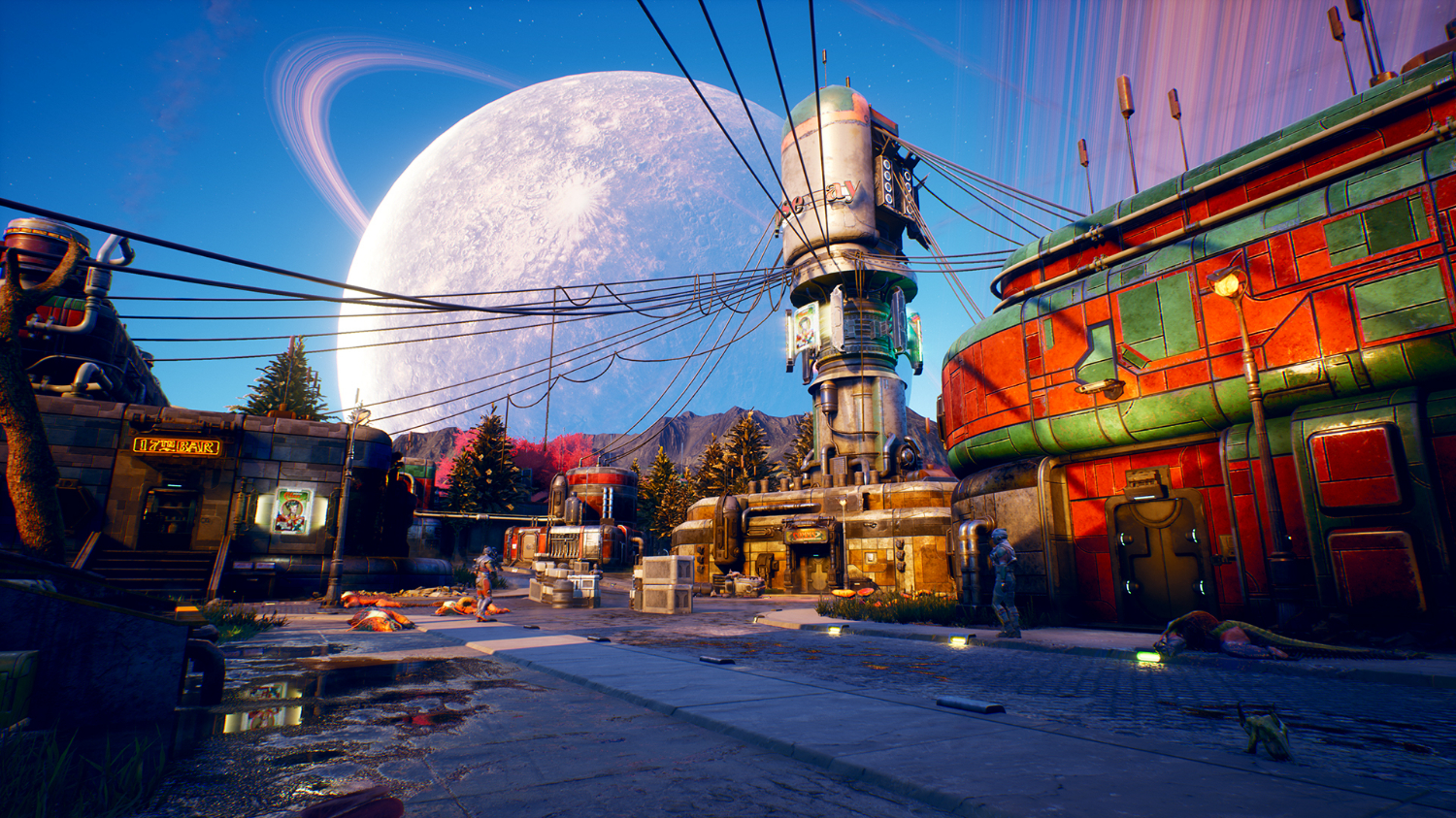
The Outer Worlds garnered quite a bit of chatter at E3 2019, especially since its brand-new trailer featured prominently in Microsoft’s press conference. (Remember: Microsoft purchased Obsidian back in November, and is understandably eager to show off its investment.) I saw a guided presentation of The Outer Worlds at E3 2019, where I learned how the game’s combat, stealth, conversation and party mechanics all fit together.
MORE: E3 2019: Demos, Games and News
The demo began on the world of Monarch: a planet whose terraforming was only partially successful. Instead of creating an Earthlike environment, the terraforming process made the indigenous wildlife even bigger and meaner, which suited the evil Monarch corporation just fine. An Obsidian employee guided her avatar – a woman in a stylish white coat, brandishing a small arsenal of weapons – through a quest for a local crime lord, Catherine Malin.
One thing that sets The Outer Worlds apart from other Obsidian games – and most other RPGs in general – is that you don’t necessarily have to optimize your character for combat, dialogue or stealth. You can, of course, but there’s one other option: leadership.
Obsidian’s avatar was not a sharpshooter, or a deep conversationalist, or even very bright. But she commanded fierce loyalty from her two party members: Nyoka, an alcoholic big-game hunter, and Ellie, a sharp-tongued medic. (Like most Obsidian games, The Outer Worlds seems to take itself somewhat seriously, but isn’t afraid to embrace some weirdness in its characters and setting.)
Sign up to get the BEST of Tom's Guide direct to your inbox.
Get instant access to breaking news, the hottest reviews, great deals and helpful tips.
As such, the avatar could draw on her party members’ skills, whether in conversation, exploration or combat. During a conversation with Malin, the avatar was able to charm the mob boss into sharing a profitable quest – even though the avatar herself was not all that skillful a speaker.
From there, the party set off toward “boarst” factory (basically, a futuristic pig farm) owned by a rival industrialist named Clive Lumbergh. Monarch is an impressive-looking planet, with rustic Old-West-inspired towns, otherworldly purple foliage and lots of dangerous wildlife. The party narrowly avoided confrontations with both a mantiqueen (a huge insectoid predator) and a mega raptodon (a large dinosaurian lizard).
However, they could not quite manage to sneak past one of Lumbergh’s perimeter guards. This gave Obsidian a chance to demonstrate how combat in the game works. At first glance, The Outer Worlds looks like a first-person shooter. You can equip up to four different weapons (the avatar had a sniper rifle, a plasma carbine, a machine gun with electric ammo and a poisoned blade), then simply run and gun, if that’s the way you like to fight. You can also activate party members’ skills, which recharge quickly enough to fall back on often.
There’s also a more tactical option, though, and it was easily the more interesting way to approach combat. Your avatar in The Outer Worlds can activate a mode called “tactical time dilation,” where time slows down and you can line up shots.
Shoot at an enemy’s head, and you might blind him; shoot at an enemy’s hand, and you might disarm him. Time dilation doesn’t last forever, but it recharges over time, and helps start most combats off at an advantage.
Infiltrating Lumbergh’s factory helped demonstrate how The Outer Wilds will offer significant choices during every quest. Right off the bat, you have the option to sneak in with a disguise, navigate your way through the sewers or simply go in through the front gate, guns blazing. None of these options is “better” than the others; it just depends on how you’ve built your character.
The avatar’s party members had some skill in stealth – and, through her leadership abilities, the avatar was able to share it with them. The three of them sneaked through the sewers and took cover behind gigantic pigs to evade both robotic and human guard patrols.
On the factory floor, there were also choices on how to deal with a workshop full of human workers. By getting on the loudspeaker and taking advantage of Ellie’s ability to lie, the avatar convinced the workers that the boss wanted them all to take a hike immediately. From there, all she had to do was sneak past a few robotic guards. She didn’t have to do this, though; she could have sneaked past everyone, or fought off the robots, or used a completely different tactic to get the workers to leave.
Even once the party finally met with Lumbergh, it wasn’t clear how the scenario would play out. While Malin wanted Lumbergh’s head, Lumbergh made a counter-offer: Kill Malin, and receive a lifetime supply of boarst in return. A highly skilled player could convince the two crime lords to work together – or perhaps kill them both and leave a void in Monarch’s power structure.
The Outer Worlds looks like it has everything Obsidian players love in RPGs: creative combat, memorable characters and an offbeat setting. The game will come out Oct. 25, 2019 for PC, PS4 and Xbox One.
Be sure to follow our E3 2019 news hub all week long for the biggest reveals and impressions out of Los Angeles.
Marshall Honorof is a senior editor for Tom's Guide, overseeing the site's coverage of gaming hardware and software. He comes from a science writing background, having studied paleomammalogy, biological anthropology, and the history of science and technology. After hours, you can find him practicing taekwondo or doing deep dives on classic sci-fi.

